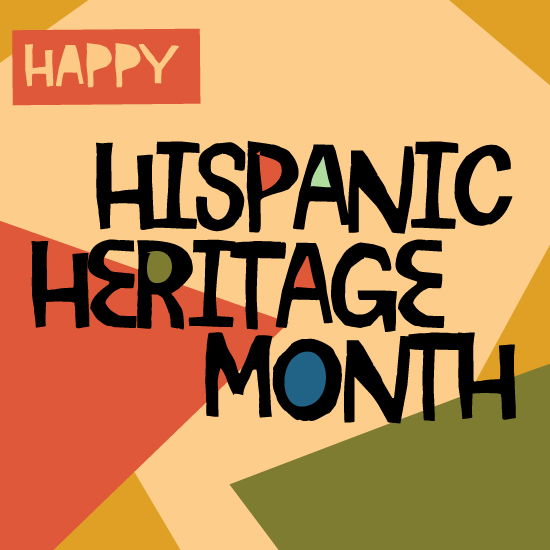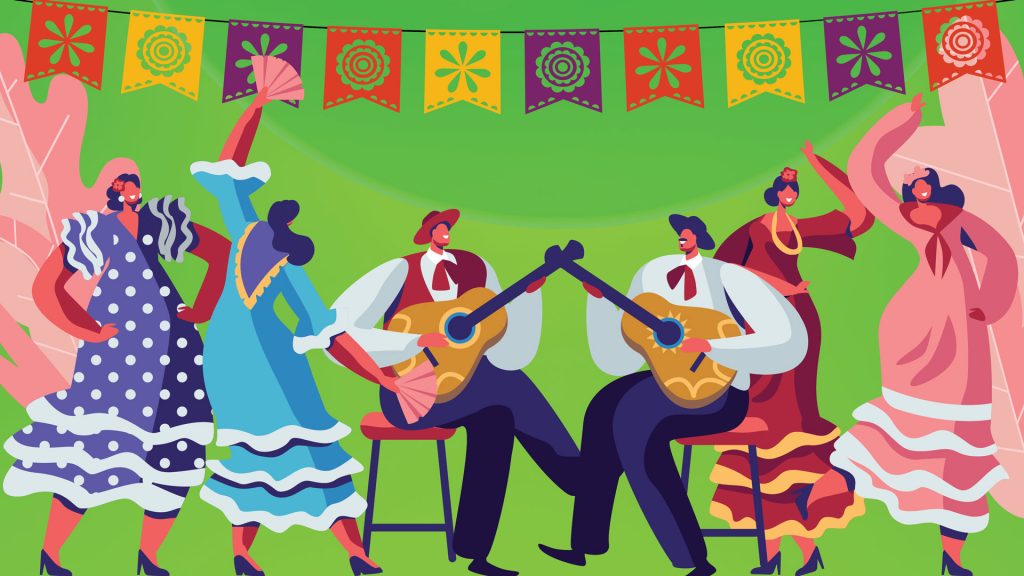Hispanic Heritage Month is a time of celebration and appreciation for the rich tapestry of cultures, languages, and traditions that make up the Hispanic and Latin American world.
One aspect of this diverse heritage that often goes unnoticed is the vibrant realm of Spanish and Latin American Sign Languages. In this blog post, we’ll embark on a fascinating journey to discover the history, culture, and unique features of these sign languages, shedding light on their importance and impact.
Understanding the Roots
Spanish Sign Language (Lengua de Señas Española or LSE) forms the foundation for many sign languages across Latin America. Originating in Spain, it traveled to the American continents during colonial times. Over time, regional variations developed, giving rise to distinct sign languages in different countries. These languages became integral to the Deaf communities, allowing them to communicate and preserve their unique cultural identities.
Diverse Latin American Sign Languages
Latin America is a treasure trove of linguistic diversity, and this extends to its sign languages. Countries such as Mexico, Argentina, Colombia, and Peru have each developed their own sign languages, often reflecting the cultural nuances of their regions. For example, Mexican Sign Language (Lengua de Señas Mexicana or LSM) incorporates influences from both American Sign Language (ASL) and LSE, creating a fascinating blend of communication styles.
Cultural Significance
The intertwining of language and culture is a hallmark of human society, and the Deaf communities in Hispanic and Latin American countries are no exception. Sign languages are not just means of communication; they carry the stories, values, and traditions of these vibrant cultures. Exploring Latin American Sign Languages is an invitation to delve into the heart of these societies, offering insights into their histories, arts, and social dynamics.
Preserving Identity

The existence of these sign languages is a testament to the resilience and determination of Deaf communities in Hispanic and Latin American regions. By developing their own languages, they have asserted their identities and refused to be marginalized. This persistence highlights the need for wider recognition and support for these languages, ensuring that they continue to thrive for generations to come.
Challenges and Triumphs
While these sign languages have endured, they are not without their challenges. Limited resources, lack of standardized education, and insufficient recognition pose obstacles to their growth. Nonetheless, there have been significant triumphs, with efforts being made to document, teach, and promote these languages. Initiatives like bilingual education programs that incorporate sign languages alongside spoken languages are helping bridge the gap and empower Deaf individuals.
As we celebrate Hispanic Heritage Month, it’s essential to recognize the mosaic of cultures and languages that contribute to the richness of the Hispanic and Latin American experience. Spanish and Latin American Sign Languages offer a unique perspective into this world, reflecting the diversity, history, and spirit of these communities. By acknowledging and appreciating these sign languages, we honor the identities they represent and contribute to a more inclusive and connected global society.
Remember, if you’re eager to learn more about the captivating history, culture, and linguistic intricacies of Spanish and Latin American Sign Languages, check out Deaf Latinx creators! Happy Hispanic Heritage Month!
Now, I’m off to munch on some delish tacos! Until then, ta ta! 😄🤟🏻🌮







